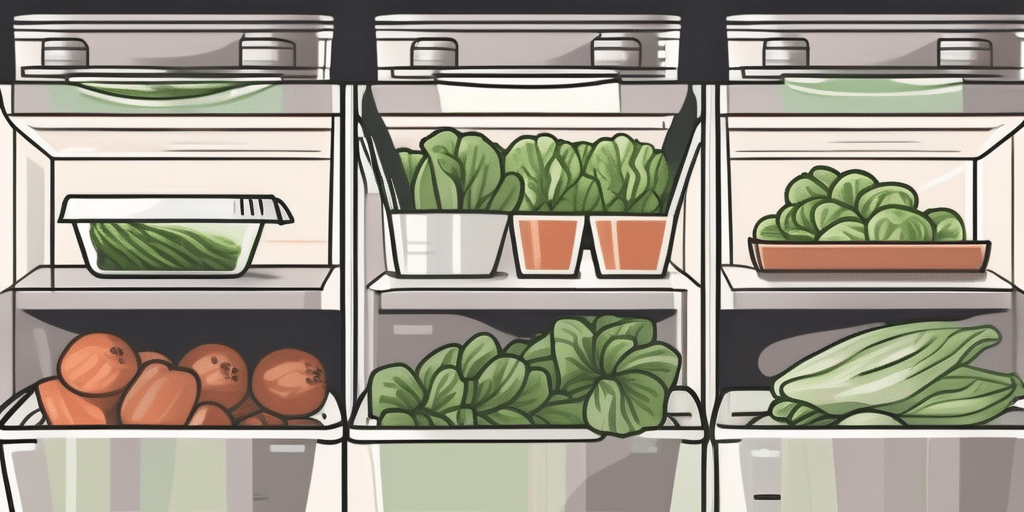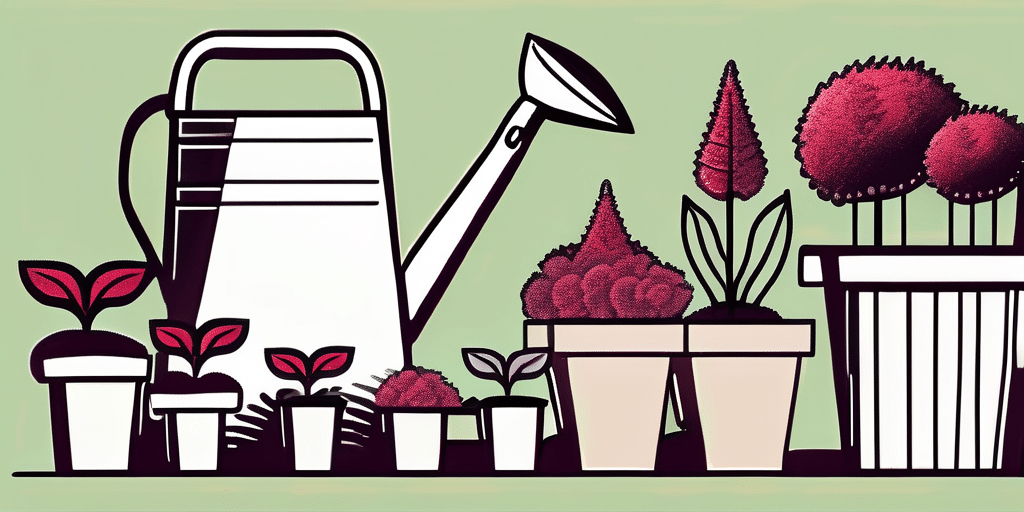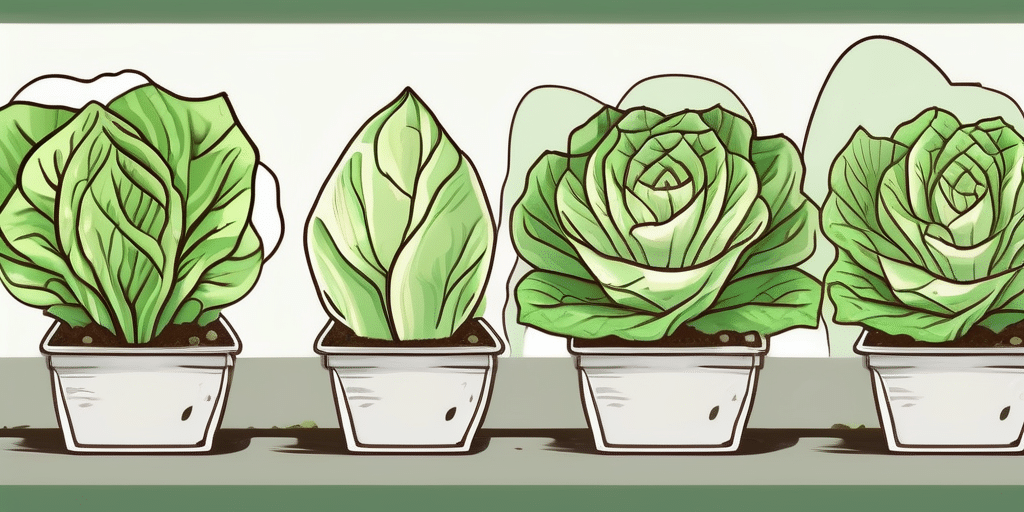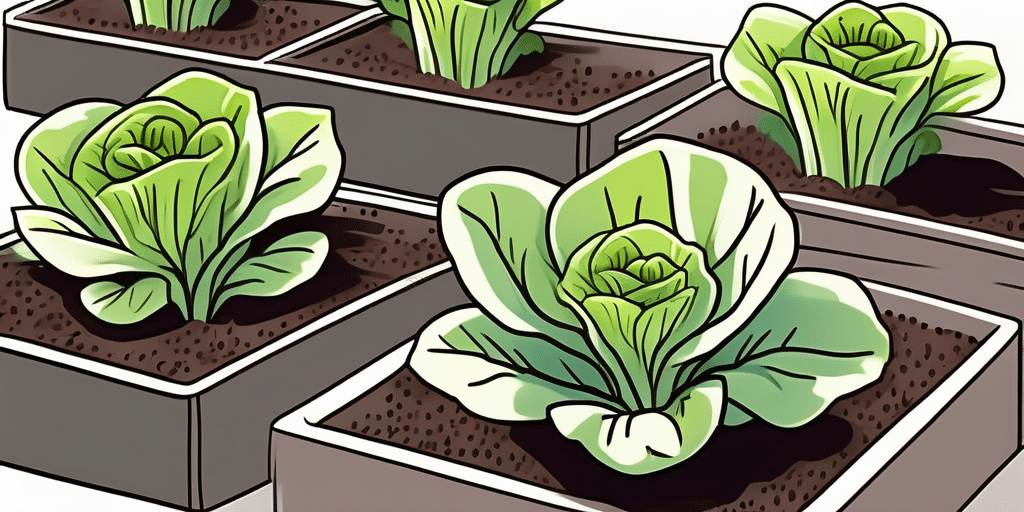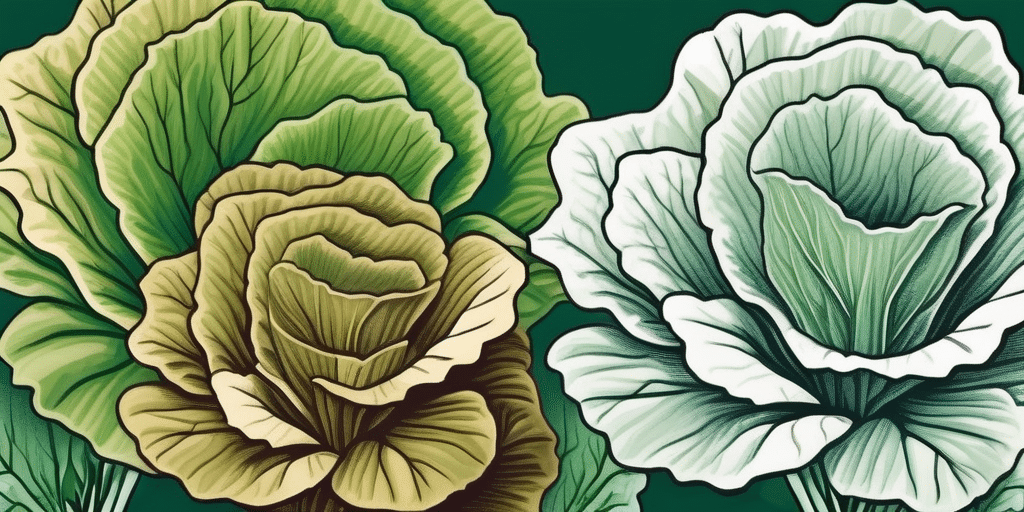Growing your own vegetables can be a rewarding experience, and sucrine lettuce is a great choice for beginners and seasoned gardeners alike. This variety of lettuce, known for its sweet taste and crisp texture, is a staple in many salads and dishes. But how do you go about growing sucrine lettuce from seeds? Let’s dive in and explore.
Understanding Sucrine Lettuce
Sucrine lettuce, also known as ‘Little Gem’ lettuce, is a type of Romaine lettuce that is smaller and sweeter than its larger counterparts. Its leaves are crisp and have a slight nutty flavor, making it a popular choice for salads and sandwiches. According to the USDA, sucrine lettuce is rich in vitamins A and K, and also provides a good amount of fiber.
One of the advantages of growing sucrine lettuce is its relatively short growing season. It typically takes between 45 to 55 days from planting to harvest, making it a quick and satisfying crop to grow. Furthermore, it’s a cool-weather crop, which means it can be planted in early spring or late summer for a fall harvest.
Getting Started: What You’ll Need
Before you start planting your sucrine lettuce seeds, you’ll need to gather a few essential supplies. Here’s what you’ll need:
- High-quality sucrine lettuce seeds
- A sunny spot in your garden or a container if you’re planning to grow them indoors
- Well-draining soil
- Compost or organic fertilizer
- A watering can or hose
Step-by-Step Guide to Growing Sucrine Lettuce From Seeds
Step 1: Prepare the Soil
The first step in growing sucrine lettuce from seeds is to prepare the soil. Lettuce prefers well-draining soil with a pH between 6.0 and 7.0. You can test the pH of your soil using a soil test kit available at most garden centers. If your soil is too acidic, you can add lime to raise the pH. If it’s too alkaline, you can add sulfur or peat moss to lower the pH.
Once your soil is at the right pH, you’ll want to enrich it with compost or an organic fertilizer. This will provide the nutrients your lettuce needs to grow. According to the Oregon State University Extension Service, a 2-inch layer of compost worked into the soil is usually sufficient.
Step 2: Plant the Seeds
Once your soil is prepared, it’s time to plant your sucrine lettuce seeds. You’ll want to sow the seeds directly into the soil, as lettuce doesn’t transplant well. Plant the seeds about 1/4 inch deep and 1 inch apart. If you’re planting multiple rows, space the rows about 12 inches apart.
After planting the seeds, water them thoroughly. The soil should be kept consistently moist, but not waterlogged. A light watering every day or every other day is usually sufficient.
Step 3: Care for Your Lettuce
As your lettuce grows, it’s important to keep an eye on it and provide the care it needs. This includes watering, weeding, and protecting it from pests.
Water your lettuce regularly to keep the soil moist. Lettuce has shallow roots, so it needs consistent moisture to grow well. However, be careful not to overwater, as this can lead to root rot.
Weed your garden regularly to prevent weeds from competing with your lettuce for nutrients. You can also mulch around your lettuce plants to help suppress weeds and retain moisture.
Watch out for pests like aphids and slugs, which can damage your lettuce. If you notice any pests, you can use organic pest control methods like introducing beneficial insects or using a natural pesticide.
Step 4: Harvest Your Lettuce
After about 45 to 55 days, your sucrine lettuce should be ready to harvest. You can tell it’s ready when the leaves are firm and crisp, and the head is compact. To harvest, simply cut the lettuce at the base of the plant. Be sure to leave the roots in the ground, as this will allow the plant to regrow for a second harvest.
Once harvested, rinse your lettuce thoroughly and store it in the refrigerator. It’s best to use fresh lettuce within a week for the best flavor and texture.
Common Challenges and How to Overcome Them
Like any gardening endeavor, growing sucrine lettuce from seeds can have its challenges. However, with a little knowledge and preparation, you can overcome these obstacles and enjoy a bountiful harvest.
One common challenge is dealing with pests. Aphids, slugs, and snails can all pose a threat to your lettuce. To combat these pests, you can introduce beneficial insects like ladybugs and lacewings to your garden, use a natural pesticide, or set up barriers to keep slugs and snails out.
Another challenge is maintaining the right soil moisture level. Lettuce needs consistent moisture to grow well, but too much water can lead to root rot. To prevent this, water your lettuce regularly but avoid overwatering. You can also improve drainage by adding organic matter to your soil or growing your lettuce in raised beds.
Finally, lettuce can be susceptible to diseases like downy mildew and lettuce mosaic virus. To prevent these diseases, practice good garden hygiene by removing any diseased plants and avoiding overhead watering, which can spread disease. You can also choose disease-resistant varieties of lettuce to grow.
Conclusion
Growing sucrine lettuce from seeds can be a rewarding experience, providing you with fresh, tasty lettuce for your salads and sandwiches. With the right preparation and care, you can enjoy a bountiful harvest in just a few short weeks. So why not give it a try? Happy gardening!
Join the How to Grow Everything Community
Ready to transform your garden into a haven of lush, home-grown vegetables like the sucrine lettuce you just read about? Subscribe for free to How to Grow Everything and start building the garden of your dreams today! Receive personalized gardening advice tailored to your location, grow zone, and experience level. Enjoy the best gardening tips, special offers, and insights delivered directly to your inbox – with no spam, just our family’s promise to help yours. Join thousands of gardeners who trust us for their gardening needs. Let’s grow together!

